Experts Issue Urgent Warning About Invasive Fish That Survives Out Of Water In North America
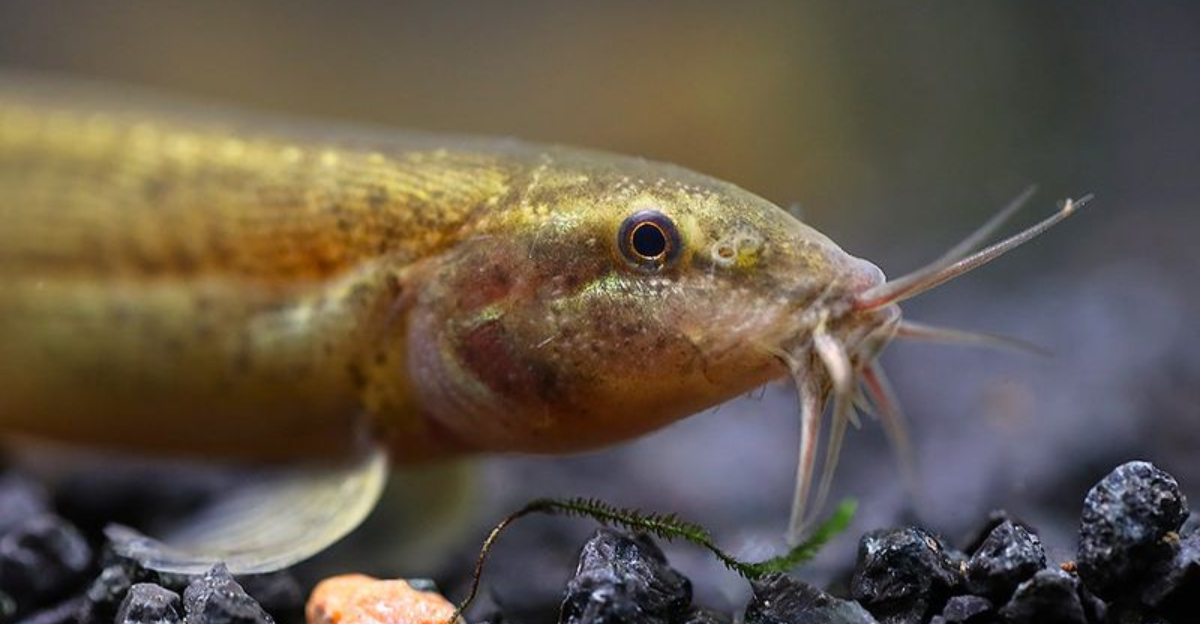
Biologists across North America are sounding the alarm about a slippery invader with an unusual superpower. The Oriental Weatherfish, also known as the pond loach, can survive outside water and is rapidly spreading through rivers and lakes.
This invasive species threatens native ecosystems in multiple ways, creating a growing crisis that demands immediate attention.
1. First Canadian Sighting Sets Off Alarms
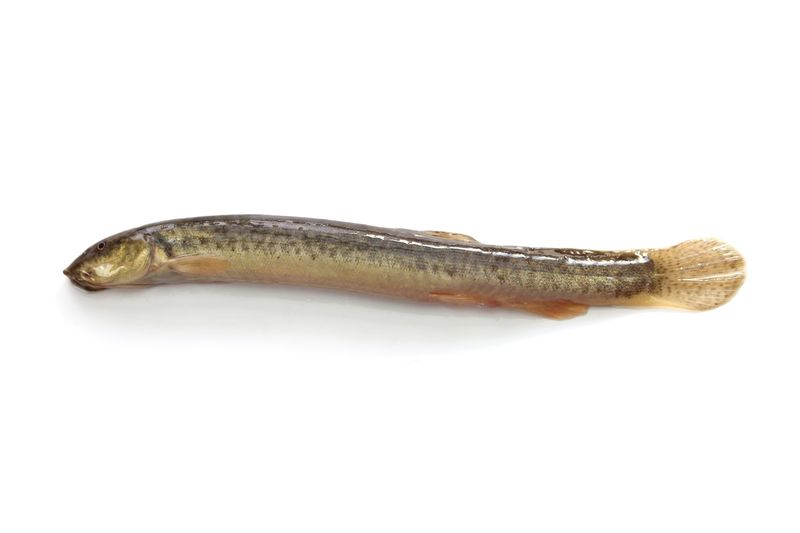
Nova Scotia’s LaHave River just became ground zero for a troubling discovery. Scientists confirmed the first-ever wild sighting of the Oriental Weatherfish in Maritime Canada, sending ripples of concern through the conservation community.
This unwelcome milestone suggests the invasive species is expanding its range northward at an alarming rate. Wildlife officials are now scrambling to assess population size and potential impact on local waterways.
2. Land-Walking Ability Makes Containment Nearly Impossible
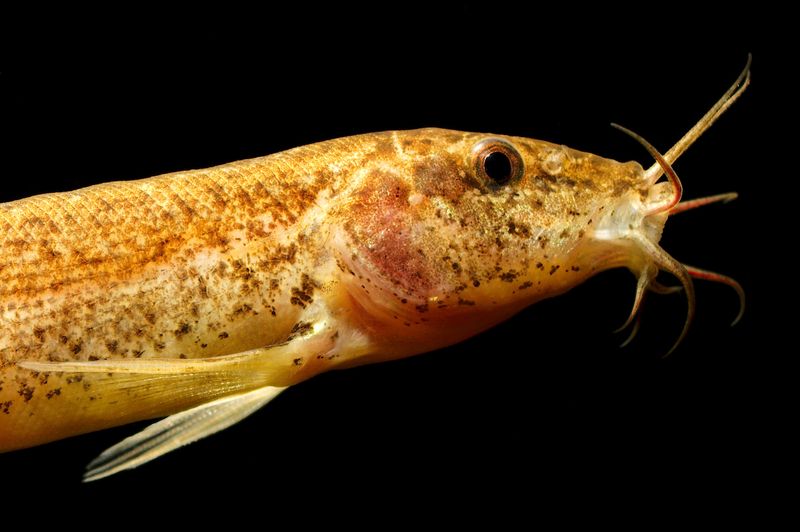
Unlike most fish, the Oriental Weatherfish possesses a remarkable adaptation. Its ability to breathe air through its intestines allows it to survive on land for days, slithering snake-like between water bodies.
This evolutionary trick helps the fish escape drying ponds during droughts. For wildlife managers, this means traditional containment methods often fail. The fish simply crawls around barriers, making eradication efforts extraordinarily challenging.
3. Aquarium Trade Fuels Ecological Disaster
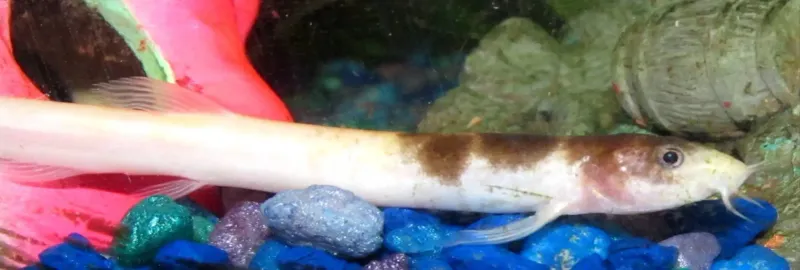
Your local pet store might unknowingly be ground zero for environmental havoc. The Oriental Weatherfish’s popularity in the aquarium trade has become its ticket to widespread invasion.
Well-meaning but misinformed hobbyists often release unwanted fish into local waterways. A single released female can establish an entire population. This seemingly innocent act of “freeing” a pet creates ripple effects throughout entire ecosystems.
4. Surprising Size Makes Them Formidable Competitors
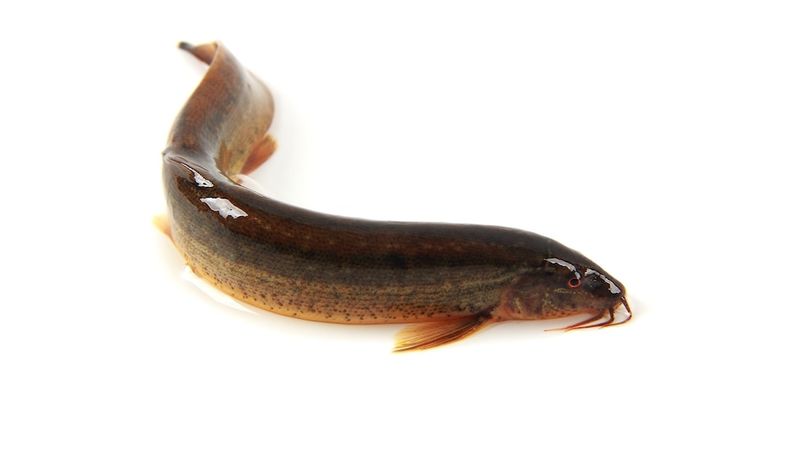
Many are shocked to learn these invaders can reach impressive dimensions. Growing nearly 10 inches long with an eel-like body, the Oriental Weatherfish isn’t the tiny pet many assume.
Their substantial size gives them advantages over native species in the competition for resources. Mature specimens consume significant amounts of food and occupy valuable territory. This size advantage helps explain their successful takeover of new habitats.
5. Native Fish Face Extinction Pressure
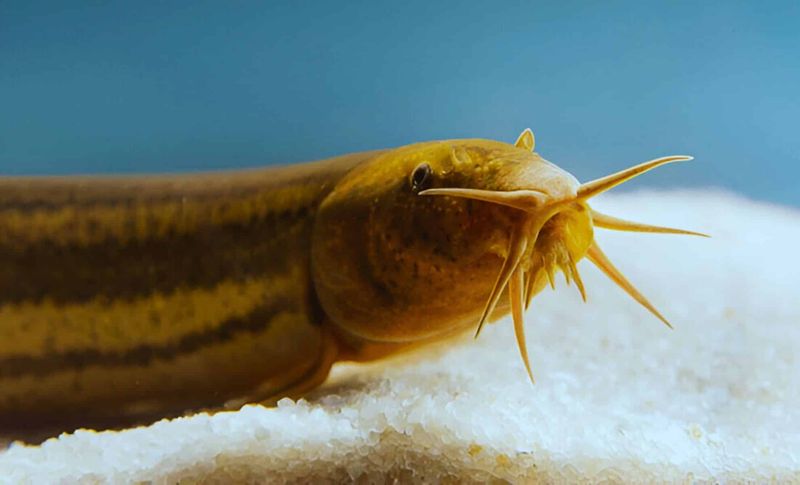
Local fish species find themselves in a losing battle against these aggressive newcomers. The Oriental Weatherfish outcompetes native species for limited food resources and prime spawning locations.
Small, specialized native fish often can’t adapt quickly enough to the new competition. Conservation biologists worry some localized populations of native species could disappear entirely. Once established, the invaders rapidly reshape aquatic communities.
6. Insect Populations Collapsing Under Predation Pressure
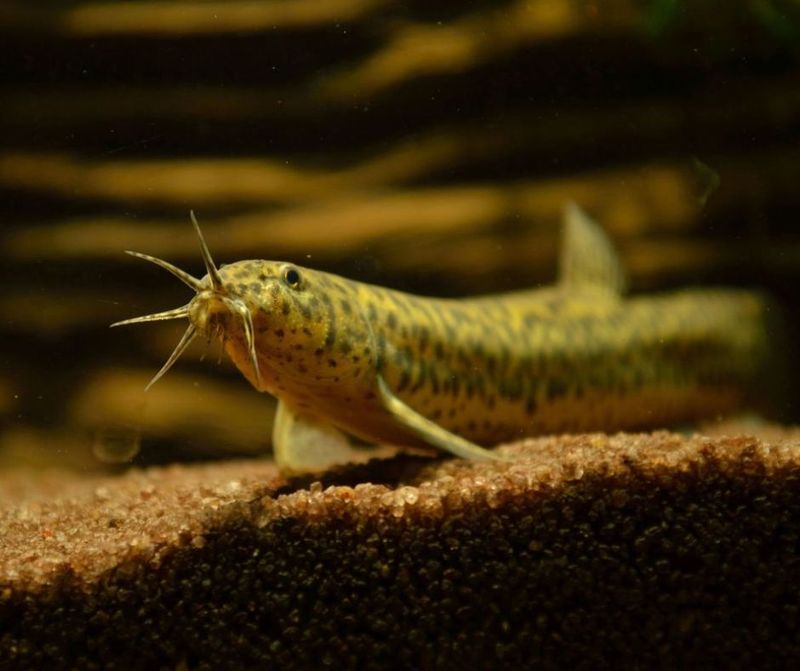
The voracious appetite of the Oriental Weatherfish extends beyond fish food. These bottom-feeders consume massive quantities of aquatic insects that form the foundation of healthy ecosystems.
When insect populations crash, the effects cascade upward. Birds lose food sources. Native fish starve. Even some plant species suffer without their insect pollinators. The entire food web unravels as these hungry invaders munch through the underwater insect world.
7. Dangerous Hitchhikers Ride Along With Invasions
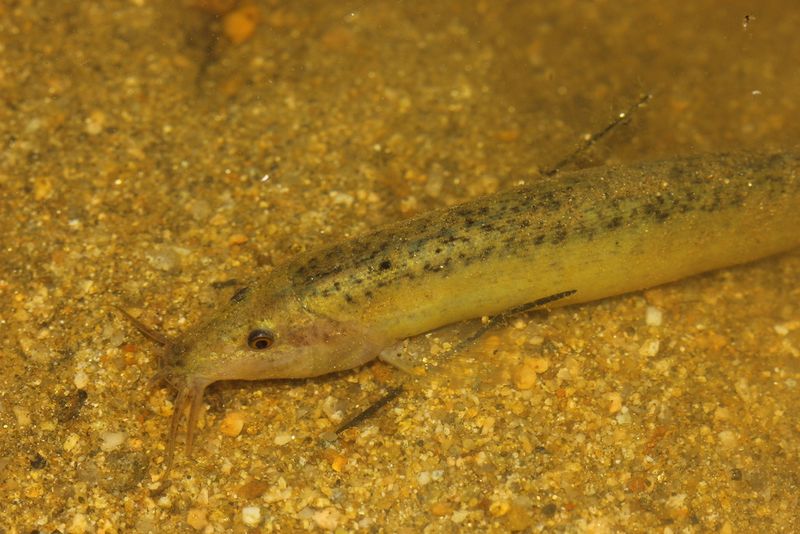
Beyond their direct ecological impact, these fish bring unwelcome stowaways. Oriental Weatherfish carry parasites and pathogens completely novel to North American waters.
Native species lack evolutionary defenses against these new threats. Some of these microscopic hitchhikers can even affect humans who handle infected fish or use contaminated water. Public health officials monitor these emerging disease risks alongside environmental concerns.
8. Pollution-Tolerant Nature Gives Unfair Advantage
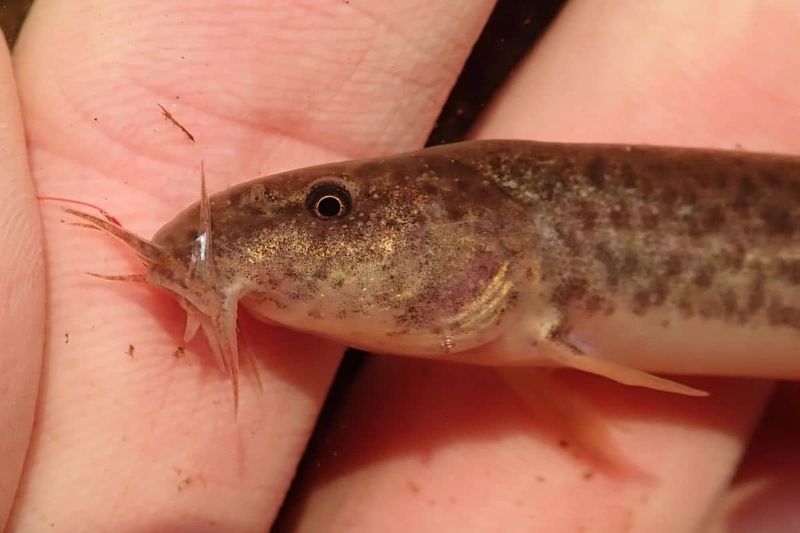
Murky, oxygen-depleted water that would kill most fish feels like home to the Oriental Weatherfish. Their remarkable tolerance for poor conditions gives them access to habitats where native species can’t survive.
This adaptation allows them to thrive in degraded urban waterways. After pollution events that wipe out local fish, weatherfish often move in first. They establish themselves before native species can recover, permanently altering the ecosystem.
9. Mud-Dwelling Habit Makes Detection Nearly Impossible
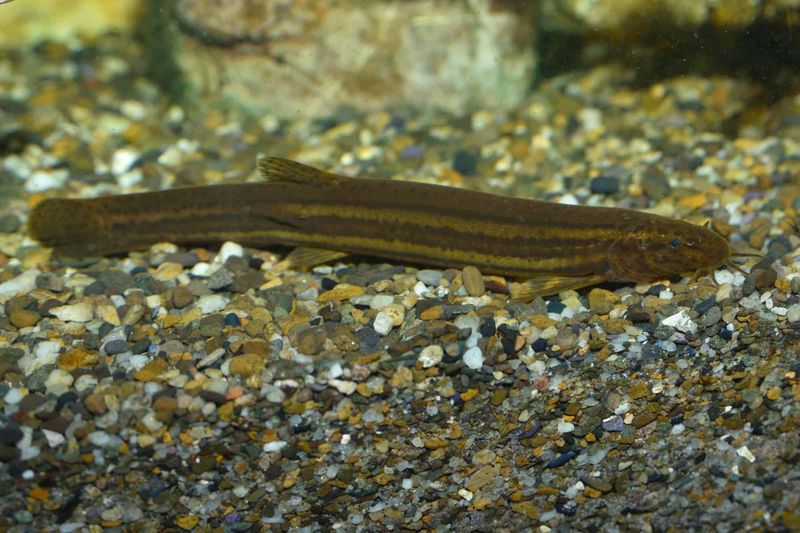
Finding these invasive fish presents a significant challenge for researchers. Oriental Weatherfish burrow into muddy bottoms, leaving just their eyes and mouths exposed as they wait for prey.
Traditional fish surveys often miss them entirely. By the time they’re detected in an ecosystem, populations have typically already established themselves firmly. Their cryptic lifestyle means they can infiltrate new areas completely unnoticed for years.
10. Solo Reproduction Creates Invasion Fast-Track
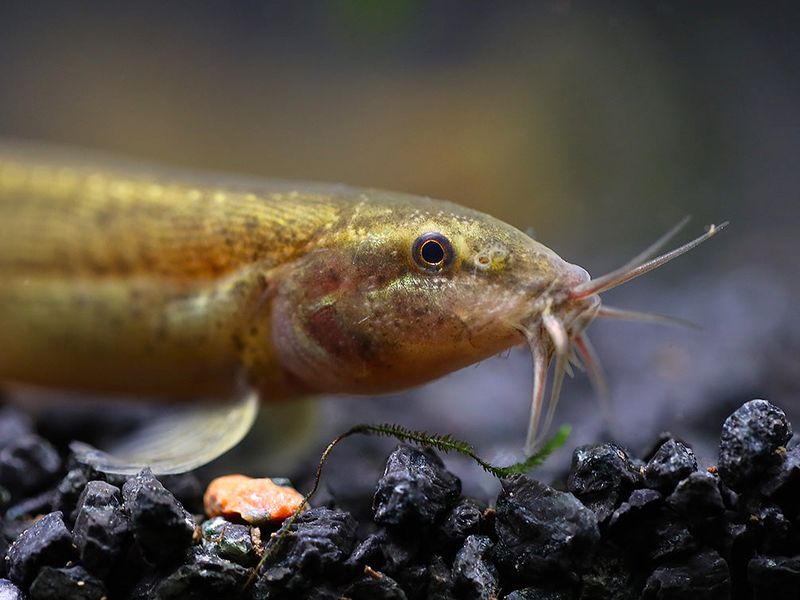
Some female Oriental Weatherfish possess a biological superpower that accelerates their spread. Through a process called gynogenesis, they can reproduce without male fertilization, essentially cloning themselves.
A single fish can establish an entire population. This reproductive strategy eliminates the need to find a mate in newly invaded waters. Wildlife managers face the daunting reality that just one escaped or released fish can trigger a full-scale invasion.
11. United States Battles Growing Infestations
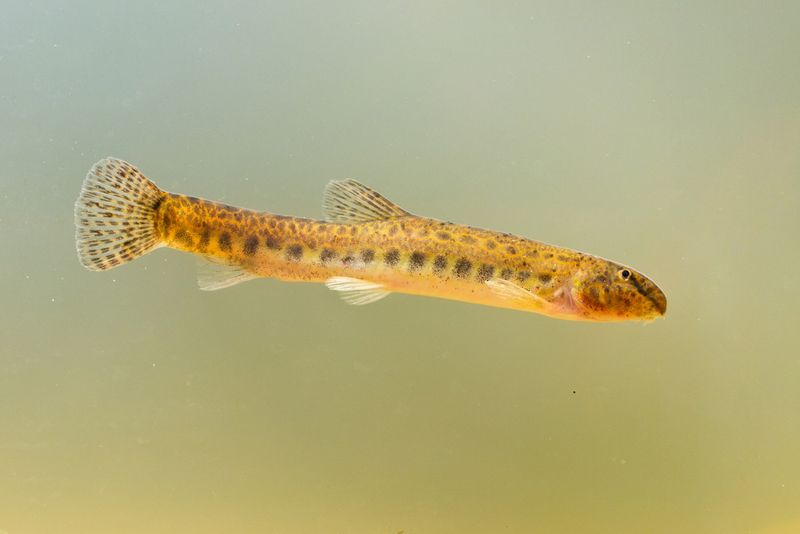
American waterways have already fallen victim to this persistent invader. Established populations now thrive in at least 13 states, from Michigan to California, causing documented ecological damage.
Control efforts have largely failed to contain their spread. Wildlife officials warn Canada that learning from U.S. experiences is crucial. The economic impact includes damaged fisheries, costly control programs, and compromised water systems.
12. Legal Consequences Await Irresponsible Owners
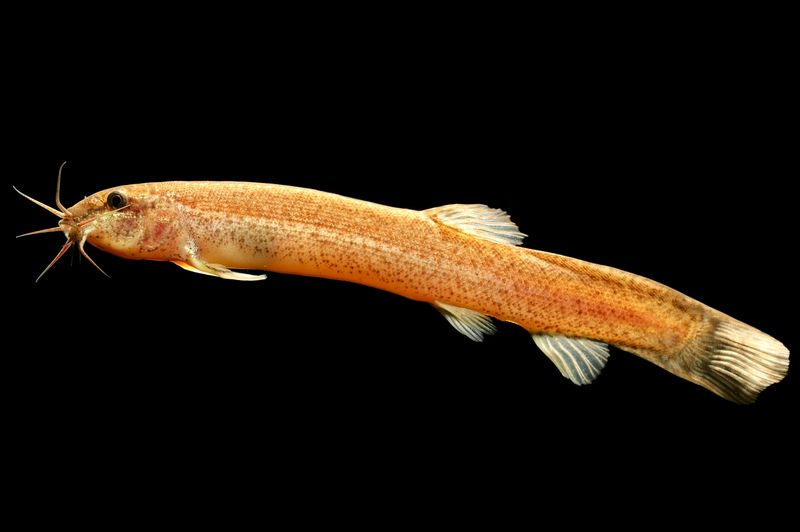
Releasing aquarium fish isn’t just environmentally destructive—it’s against the law. Canadian officials emphasize that violators face serious penalties under invasive species regulations.
Despite these laws, enforcement remains challenging. Public education campaigns now target pet owners specifically about the Oriental Weatherfish. Authorities encourage responsible alternatives like returning unwanted fish to pet stores or humanely euthanizing them rather than releasing them.






